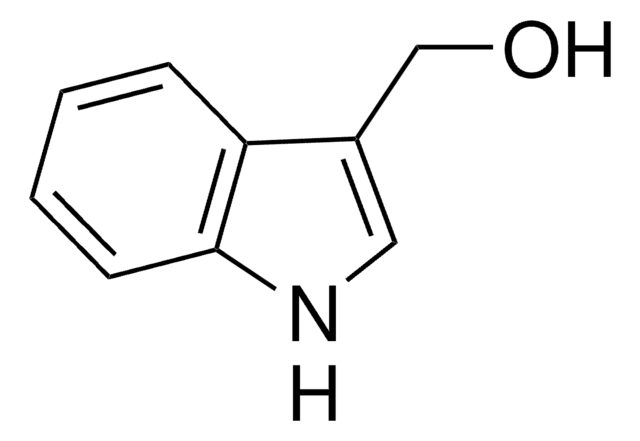W401404
2-Phenylethyl isothiocyanate
FG
동의어(들):
Phenethyl isothiocyanate, 2-Phenylethyl isothiocyanate
About This Item
추천 제품
생물학적 소스
synthetic
Quality Level
Grade
FG
Fragrance grade
Halal
Kosher
Agency
follows IFRA guidelines
규정 준수
EU Regulation 1223/2009
EU Regulation 1334/2008 & 178/2002
refractive index
n20/D 1.5888 (lit.)
bp
139-140 °C/11 mmHg (lit.)
density
1.094 g/mL at 25 °C (lit.)
응용 분야
flavors and fragrances
문건
see Safety & Documentation for available documents
식품 알레르기항원
no known allergens
향수 알레르기항원
no known allergens
감각 수용성의
green; sulfurous
SMILES string
S=C=NCCc1ccccc1
InChI
1S/C9H9NS/c11-8-10-7-6-9-4-2-1-3-5-9/h1-5H,6-7H2
InChI key
IZJDOKYDEWTZSO-UHFFFAOYSA-N
유전자 정보
human ... CYP1A2(1544)
유사한 제품을 찾으십니까? 방문 제품 비교 안내
일반 설명
신호어
Danger
유해 및 위험 성명서
Hazard Classifications
Acute Tox. 4 Dermal - Acute Tox. 4 Inhalation - Acute Tox. 4 Oral - Eye Irrit. 2 - Resp. Sens. 1 - Skin Irrit. 2 - Skin Sens. 1 - STOT SE 3
표적 기관
Respiratory system
Storage Class Code
10 - Combustible liquids
WGK
WGK 3
Flash Point (°F)
235.4 °F - closed cup
Flash Point (°C)
113 °C - closed cup
개인 보호 장비
Eyeshields, Faceshields, Gloves, type ABEK (EN14387) respirator filter
시험 성적서(COA)
제품의 로트/배치 번호를 입력하여 시험 성적서(COA)을 검색하십시오. 로트 및 배치 번호는 제품 라벨에 있는 ‘로트’ 또는 ‘배치’라는 용어 뒤에서 찾을 수 있습니다.
이미 열람한 고객
자사의 과학자팀은 생명 과학, 재료 과학, 화학 합성, 크로마토그래피, 분석 및 기타 많은 영역을 포함한 모든 과학 분야에 경험이 있습니다..
고객지원팀으로 연락바랍니다.











